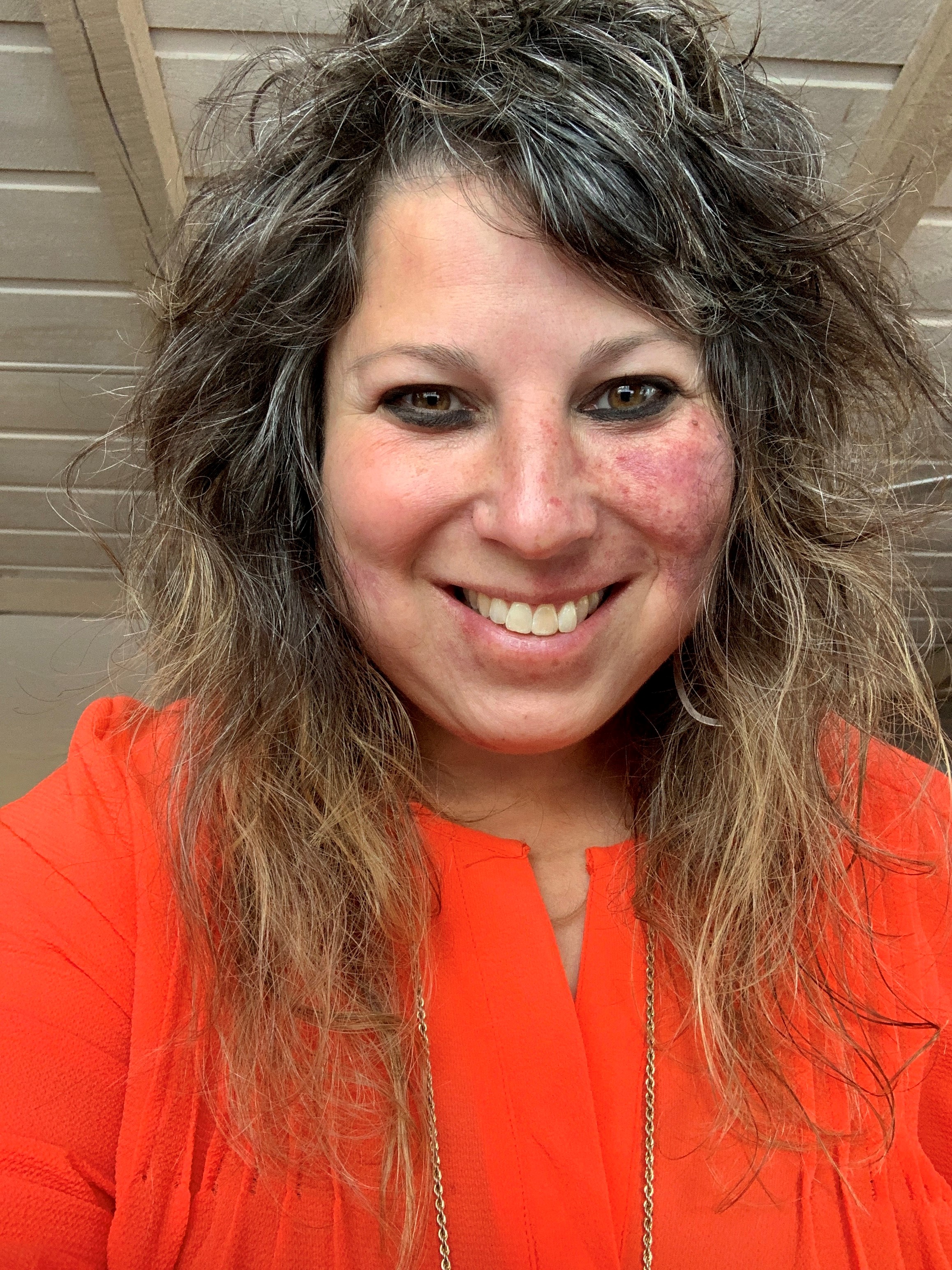When it comes to U.S. policy on psychoactive drugs, some psychiatrists disagree

New research surveying psychiatrists in the United States found considerable differences between their perceptions about the safety and therapeutic value of certain psychoactive drugs and how those same drugs are categorized under U.S. policy.
The report, published in International Journal of Drug Policy, was conducted by researchers at Ohio State University. The goal of the study was to evaluate whether drug schedules are actually in alignment with the current state of evidence as measured through experts in the field of psychiatry, according to Alan Davis, PhD, senior author of the study, and assistant professor and director of the Center for Psychedelic Drug Research and Education in The Ohio State University College of Social Work in a statement.
Researchers conducted an online survey with a sample of 181 psychiatrists in the U.S. with an average age of 49, who had been in practice for on average, 16 years. According to the study, participants were randomized to receive one of four vignettes, each depicting a depressed patient reporting relief from symptoms after non-prescribed psychoactive drug use focusing on psilocybin (Schedule I), methamphetamine (Schedule II), ketamine (Schedule III) or alprazolam (Schedule IV). Psychiatrists then responded to questions related to this clinical scenario and rated the safety, therapeutic, and abuse potentials of these four drugs and alcohol.
According to the study, the results showed non-prescribed use of methamphetamine and alprazolam was rated more concerning and less acceptable than non-prescribed use of psilocybin and ketamine. Compared to psilocybin and ketamine, participants rated methamphetamine and alprazolam as less safe, having less therapeutic potential, and having more abuse potential. In addition, mean ratings of safety and abuse/therapeutic potential of alprazolam and methamphetamine were equivalent to that of alcohol, and all three were rated more harmful than psilocybin and ketamine.
The authors noted how the evidence has changed since substances were scheduled under the Controlled Substances Act (CSA) in 1970: Studies have suggested psilocybin, MDMA (ecstasy) and cannabis, all Schedule I drugs, have therapeutic potential and relatively low risk for misuse or physical harm. Meanwhile, benzodiazepines are the third most commonly misused substances – among both outlawed and prescription drugs – in the United States.
In conclusion, the study found that these American psychiatrists’ perceptions about safety and abuse/therapeutic potentials associated with certain psychoactive drugs were inconsistent with those indicated by their placement in drug schedules. These findings add to a growing consensus amongst experts that the current drug policy is not scientifically coherent, according to the study.




















SHARE